Table of Contents
Frequently Asked Questions
Construct with Confidence with Claris Design•Build!
Key Takeaways✔ Plaster is traditional and durable, while drywall is modern and cost-effective. ✔ Plaster requires skilled labor, but drywall installs quickly and easily. ✔ Plaster is more durable but cracks, while drywall is easier to repair. ✔ Plaster has higher upfront costs, while drywall is more affordable. ✔ Plaster offers a high-end finish, and drywall provides a versatile, uniform look. ✔ Plaster is better for soundproofing, but drywall can be enhanced for noise control. ✔ Plaster is more sustainable; drywall generates waste but is recyclable. ✔ Plaster suits high-end projects, while drywall is ideal for most commercial spaces. |
When it comes to commercial construction and renovation, choosing the right material for walls and ceilings is critical. Two of the most common options are plaster and drywall. Both have unique benefits, but the decision ultimately depends on the specific needs of a project.
Here are the key differences between plaster and drywall, focusing on aspects such as cost, installation, durability, and suitability for commercial applications.
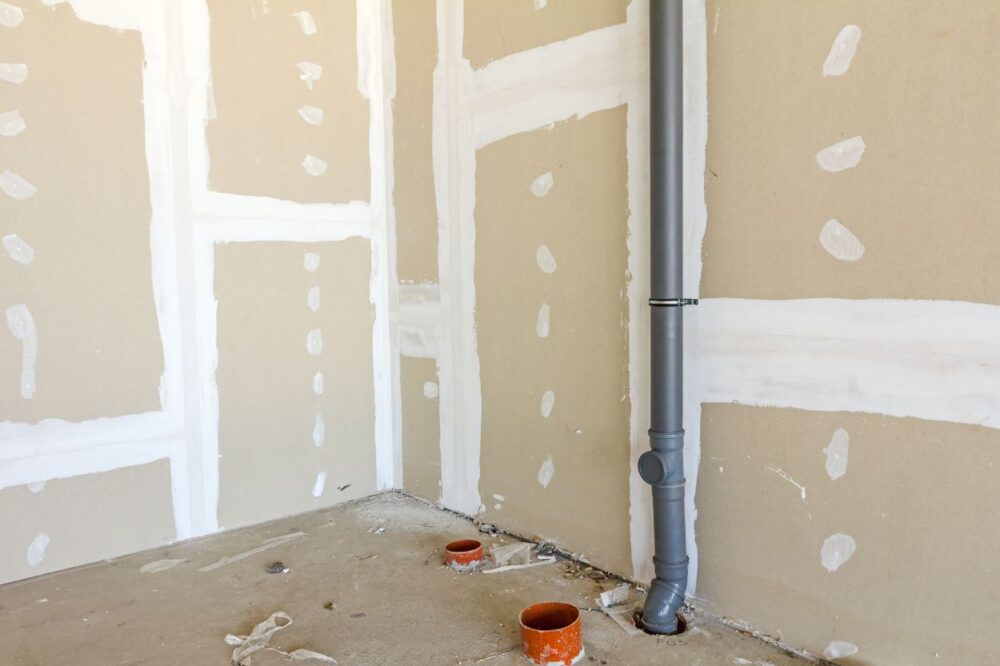
✔ Material Composition
Before deciding between plaster and drywall, it is essential to understand the fundamental differences in how these materials are made and used in construction.
Plaster Composition
Plaster is commonly made from three main materials:
- Lime: A natural, traditional binder that has been used for thousands of years.
- Gypsum: A more modern and common component in plaster, offering faster drying times.
- Cement: Used in some types of plaster, especially for exterior applications or where higher durability is needed.
Drywall Composition
Drywall consists of:
- Gypsum Core: A mineral that provides the core of the board, giving it strength and fire resistance.
- Paper Sheets: Thick paper is pressed around the gypsum core, forming a sturdy yet lightweight panel.
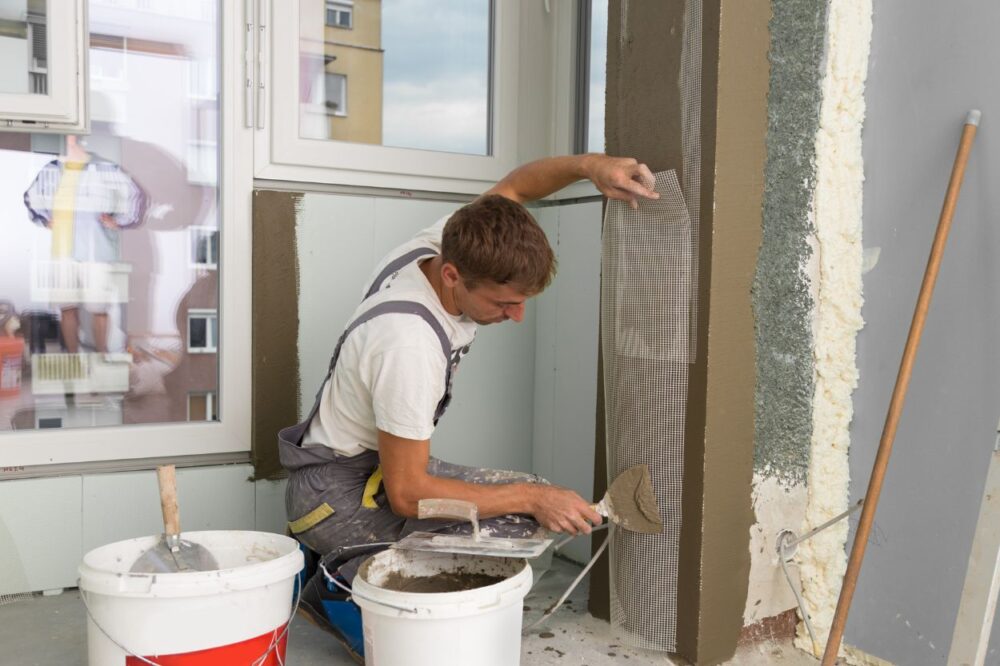
✔ Installation Process
One of the key factors in deciding between plaster vs drywall is the installation process. Each material requires a different level of expertise, time, and labor.
Plaster Installation
The installation of plaster is a labor-intensive and time-consuming process. It involves multiple layers being applied by skilled craftsmen over wood or metal lath. Each layer must dry before the next can be applied, which significantly increases the time required for completion. This meticulous process results in a durable, smooth surface but comes with higher labor costs.
Because of the expertise required to install plaster, finding qualified workers can also be more difficult, especially for larger commercial projects.
Drywall Installation
Drywall, on the other hand, is significantly easier and faster to install. The prefabricated sheets are cut to size and affixed to the building’s framing with screws or nails. Once in place, seams between sheets are taped and covered with joint compound, then sanded smooth for painting.
The entire process can be completed quickly, even for large-scale commercial projects. This efficiency is one of the main reasons drywall is so commonly used in modern construction.
✔ Durability and Maintenance
When comparing plaster vs drywall, durability and maintenance requirements are important considerations, particularly for commercial spaces that experience heavy use.
Plaster Durability
Plaster is renowned for its strength and durability, forming a hard, dense surface once it has cured, which can better withstand impacts than drywall. This makes it an ideal choice for high-traffic areas like hotel lobbies or upscale restaurants, where walls are more prone to wear and tear.
The durability of plaster is exemplified by the pyramids of Egypt, which contain plasterwork that has remained hard and intact for over 4,000 years. However, despite its resilience, plaster can be prone to cracking over time, particularly in buildings that settle or experience frequent temperature fluctuations. Repairing these cracks often requires professional assistance, contributing to higher long-term maintenance costs.
Drywall Durability
Drywall is generally less durable than plaster and is more susceptible to dents and holes, particularly in areas where people or furniture may frequently come into contact with the walls. That said, drywall is easier and cheaper to repair. A simple patch kit can fix most minor damage, and the process is quick enough that even large repairs can be completed in a short period.
In commercial environments, particularly those with high traffic, drywall may need to be replaced or repaired more frequently than plaster. However, the ease of repair makes drywall a practical choice for businesses where rapid maintenance is required to avoid prolonged downtime.
✔ Cost Considerations
One of the most significant factors in the plaster vs drywall debate, especially for commercial projects, is cost. Understanding the initial and long-term expenses associated with each material is crucial when budgeting for construction or renovation.
Initial Costs
- Plaster: Plaster costs significantly more than drywall due to its labor-intensive installation, requiring skilled craftsmen and more time. For an average-sized room, plastering can range from $1,200 to $10,000, with most homeowners spending around $5,000, driven by higher material and labor costs.
- Drywall: Drywall is much more affordable to install. The materials are inexpensive, and the installation process is quicker and requires less labor. This makes drywall the more budget-friendly option for businesses, particularly those looking to complete projects under strict financial constraints.
Long-term Costs
- Plaster: While plaster has a higher upfront cost, its durability can translate into savings over the long term. In commercial settings, where wear and tear is a concern, the longer lifespan of plaster means fewer repairs or replacements.
- Drywall: Drywall is a cost-effective option, with installation averaging around $1,500. Its inexpensive materials and quick, labor-efficient process make it ideal for businesses with tight budgets.
✔ Aesthetic Qualities
The appearance of plaster vs drywall are additional factors that influence their use in commercial settings.
Plaster Aesthetic Qualities
Plaster provides a smooth, high-end finish that is difficult to replicate with drywall. It can be molded into various shapes and textures, making it ideal for businesses that want to create a unique, custom appearance. For example, historical buildings or luxury hotels may use plaster to achieve an elegant, timeless look.
Drywall Aesthetic Qualities
While drywall is not as customizable as plaster, it still offers a clean, uniform finish that suits most modern commercial designs. It can be easily painted or textured, making it versatile enough to meet the needs of many businesses. However, drywall may lack the depth and sophistication that plaster provides in more upscale environments.
✔ Acoustic Qualities
When choosing between plaster vs drywall, acoustic performance is an essential factor, especially in commercial settings where noise management is critical.
Plaster Acoustic Qualities
Due to its density, plaster naturally offers superior soundproofing compared to drywall. This makes it an ideal choice for spaces like theaters, hotels, or offices where minimizing noise transfer is important. Its dense structure absorbs sound more effectively, reducing noise levels between rooms or floors.
Drywall Acoustic Qualities
While drywall does not provide the same level of soundproofing as plaster, its performance can be significantly improved by using additional materials. Acoustic panels, insulation, or soundproof drywall can enhance its effectiveness in controlling noise. For many commercial applications, these additions make drywall a cost-effective option, but in environments where sound control is a high priority, plaster may still be the better choice.
✔ Environmental Impact
Sustainability is a major concern in construction. Understanding the environmental impact of plaster vs drywall can help businesses make eco-friendly choices.
Plaster Environmental Impact
Plaster, particularly lime-based plaster, is a more natural and environmentally friendly material. However, the labor-intensive installation process can result in higher energy use. Additionally, plaster’s longer lifespan may reduce the need for replacement, which can be beneficial from a sustainability perspective.
Drywall Environmental Impact
Drywall is mass-produced and readily available, making it a less sustainable option in terms of production. The manufacturing process generates significant waste, and drywall that is not disposed of properly can have a negative environmental impact. However, drywall can be recycled, and the industry is moving toward more sustainable practices.
For businesses seeking LEED certification or other environmental credentials, it is important to consider the entire lifecycle of the materials being used in construction.
✔ Commercial Applications
The decision between plaster vs drywall often comes down to the specific needs of a business and the type of environment being created.
When to Use Plaster
- High-End Hotels: The durability, soundproofing, and aesthetic qualities of plaster make it an excellent choice for luxury hospitality settings.
- Historic Buildings: Plaster is often required in the restoration of historical properties to maintain the building’s original character.
When to Use Drywall
- Offices And Retail Spaces: Drywall’s affordability, ease of installation, and repair make it ideal for most commercial spaces that prioritize function over aesthetics.
- Large-Scale Developments: In projects where speed and budget are key factors, drywall is the preferred option due to its efficiency and low cost.
Frequently Asked Questions
Which material is better for moisture resistance?
Drywall, especially when using moisture-resistant or greenboard varieties, generally performs better in humid areas like bathrooms and kitchens. Standard plaster can absorb moisture, which may lead to mold or mildew in damp environments if not properly sealed. However, modern plaster finishes, when combined with the right sealing techniques, can also provide decent moisture resistance. Specialized drywall options remain the more convenient choice for areas with high humidity.
Can both plaster and drywall be painted or textured?
Both plaster and drywall can be painted or textured to achieve different finishes. Plaster naturally has a smooth surface, but it can also be textured or painted for added design elements. Drywall is typically primed and painted after installation, and it can easily take on textures, such as orange peel or knockdown. While both materials are versatile, plaster allows for more intricate designs due to its moldability.
Are there health concerns associated with either material?
Both plaster and drywall are generally safe materials when installed properly, but there are some considerations. Plaster, especially older types, may contain hazardous materials like asbestos, requiring careful removal. Drywall can produce fine dust during installation or repair, which can irritate the lungs if inhaled. It’s important to take proper precautions, such as using masks and ventilation, when working with either material to minimize health risks
Can plaster or drywall support heavy wall fixtures better?
Plaster walls tend to be more solid and can support heavier fixtures like shelving or artwork without the need for additional reinforcements. However, plaster is more brittle than drywall, so screws or nails might cause it to crack if not done carefully. Drywall, being lighter and more flexible, typically requires anchors or studs to support heavy items like TV mounts or large mirrors. Both materials can handle wall fixtures, but plaster provides a sturdier base if installed properly.
Which material offers better air quality in a home?
Plaster, especially traditional lime plaster, is breathable and can regulate indoor humidity levels, which can contribute to better air quality. It naturally absorbs and releases moisture, reducing the likelihood of mold and mildew growth. Drywall, while safe, can sometimes harbor mold if exposed to moisture over time, particularly if it's not a moisture-resistant type. Therefore, plaster may offer a slight edge in improving indoor air quality, especially in homes with good ventilation.
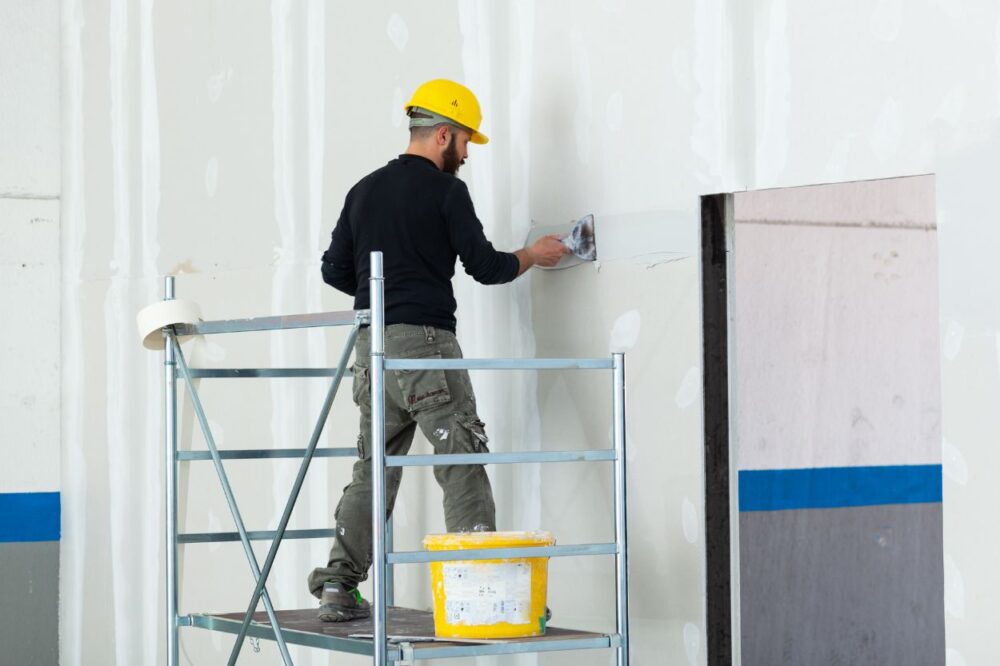
Construct with Confidence with Claris Design•Build!
Claris Design•Build provides expert commercial construction services across industries like auto dealerships, healthcare, manufacturing, and more. With award-winning partnerships and a comprehensive range of services—from design-build to property management—Claris ensures your project is completed with precision and efficiency.
Trust Claris to deliver the expertise you need to build your next project with confidence. Reach to us today!



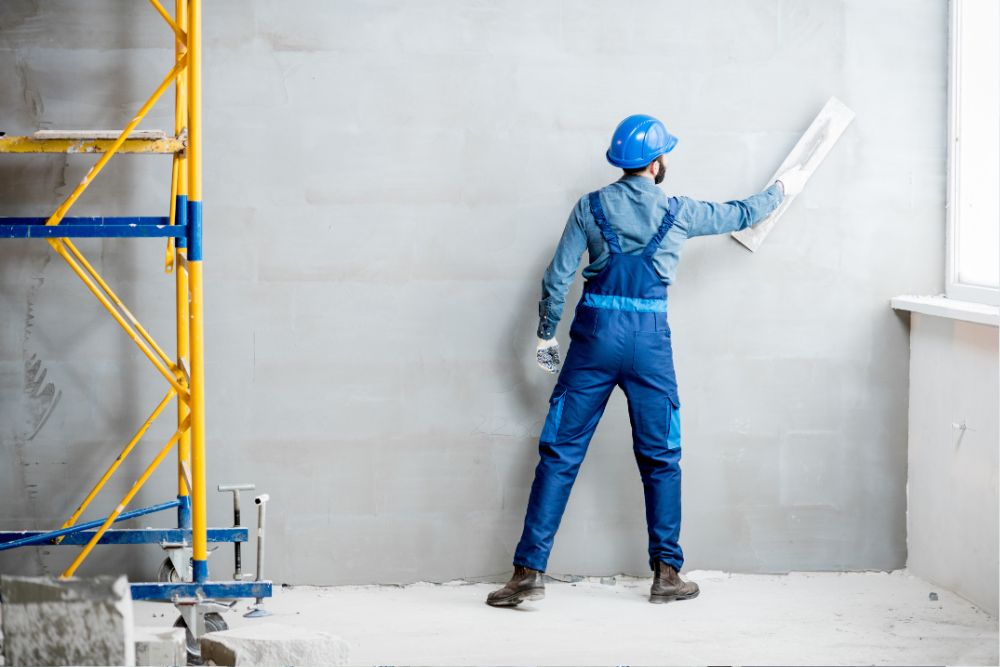
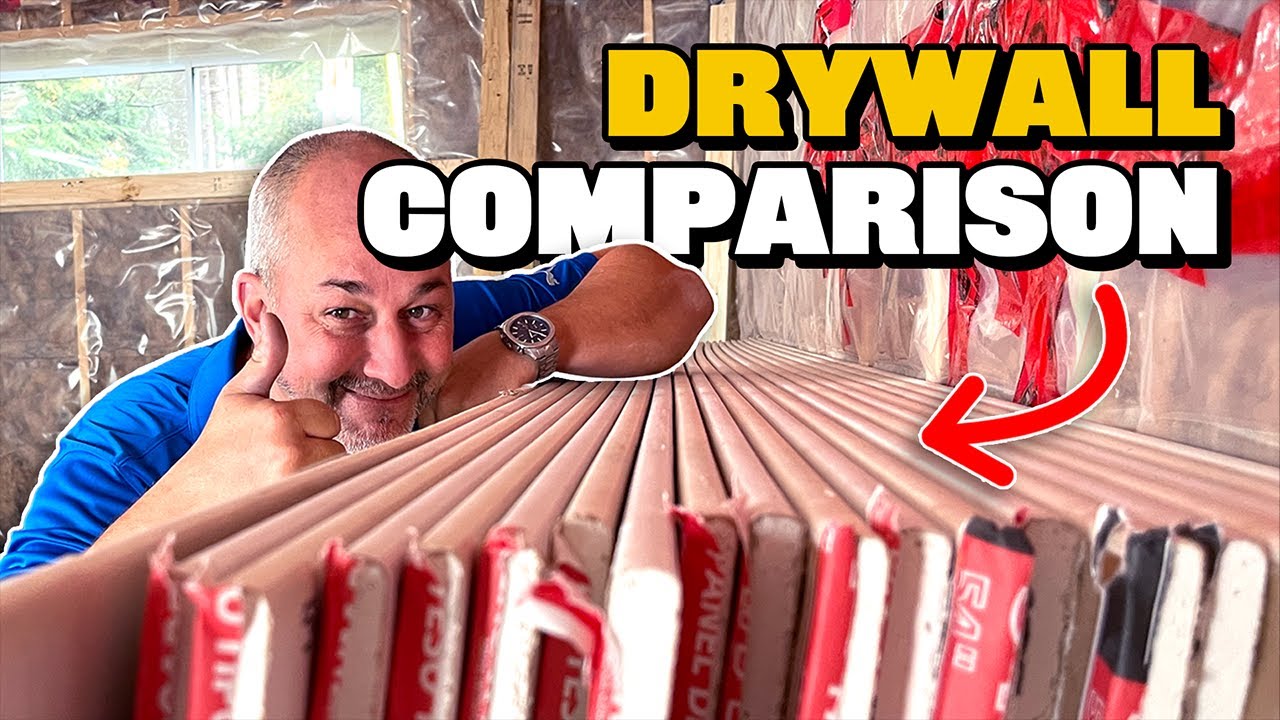

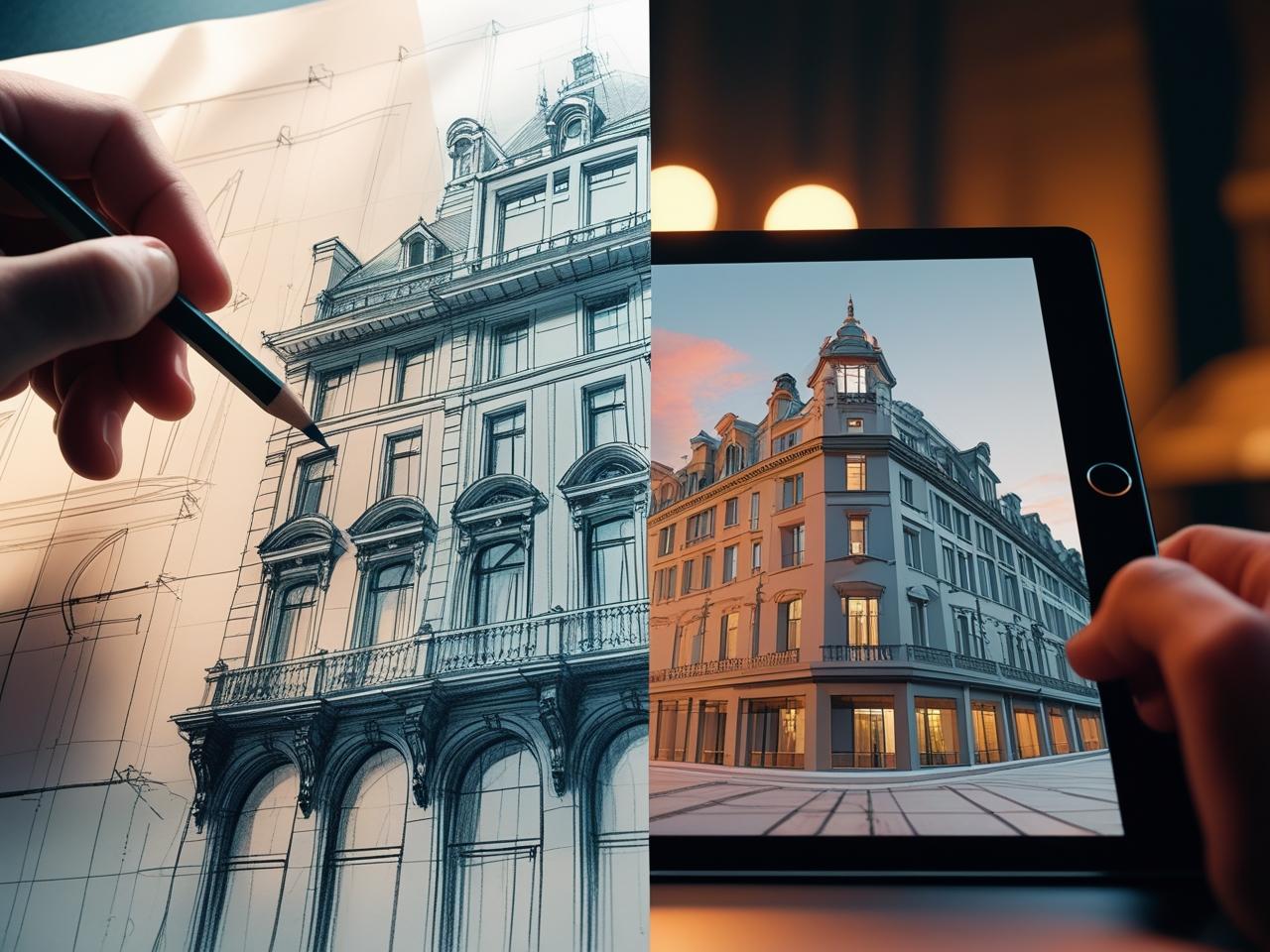
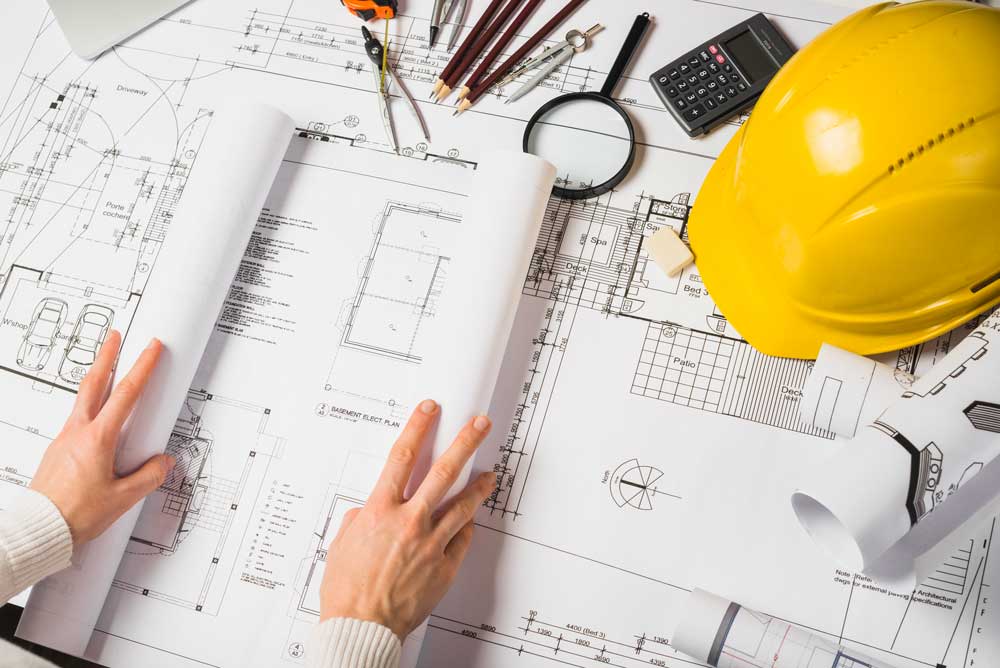

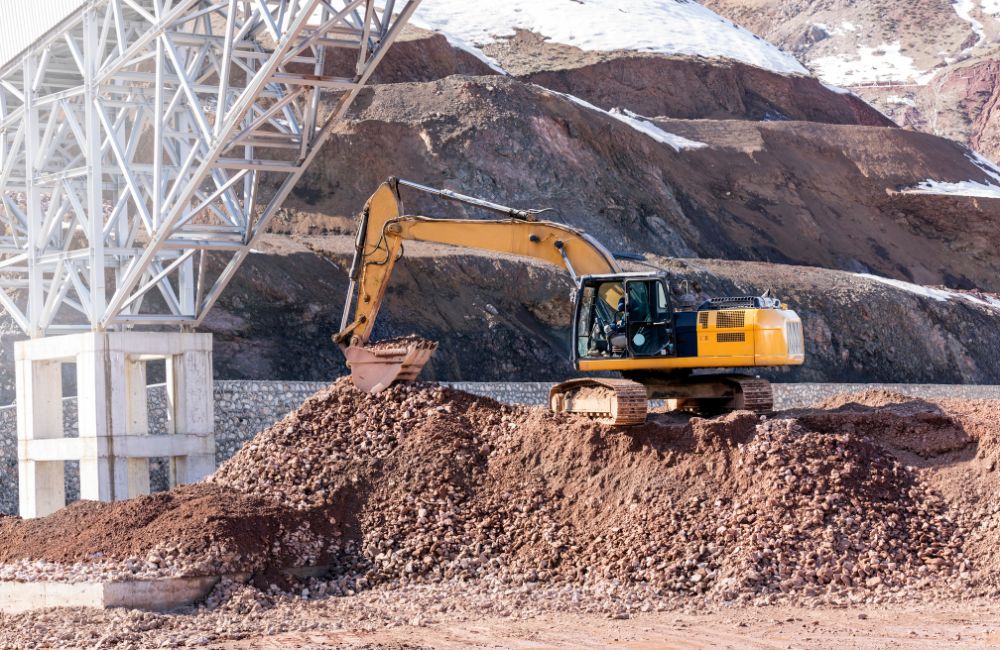
![[2025 UPDATE] Commercial Construction Cost per Square Foot in the US](https://www.clarisdesignbuild.com/wp-content/uploads/2025/04/2025-UPDATE-Commercial-Construction-Cost-per-Square-Foot-in-the-US-3.jpg)